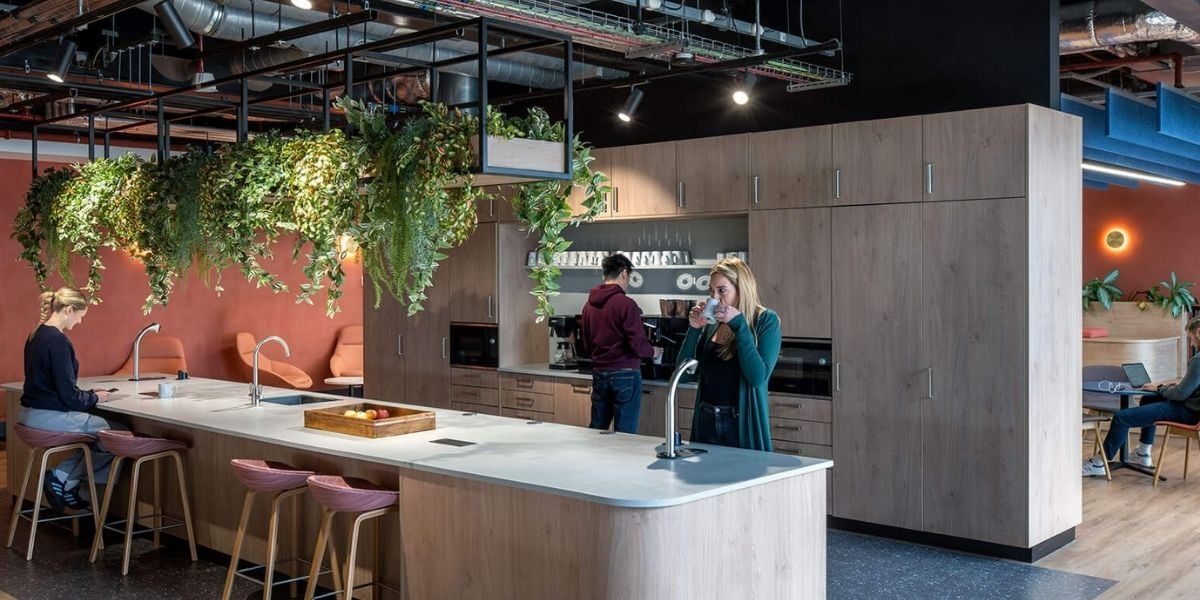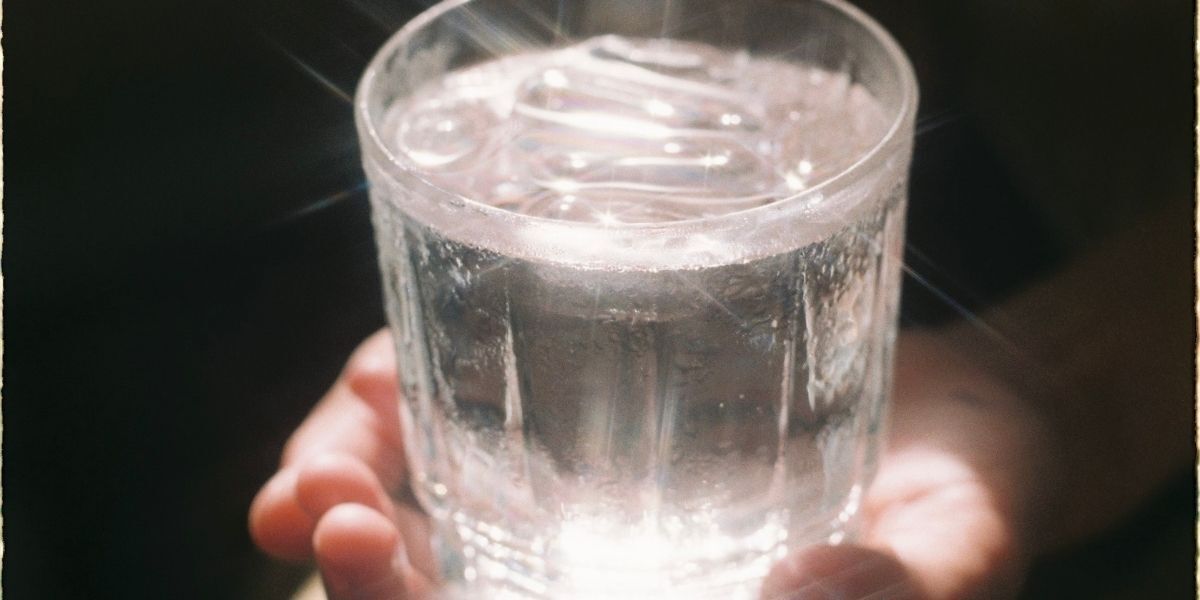Are Your Projects Dehydrated?
Step into any high-performing office in 2025 and you’ll see the hallmarks of good design: abundant daylight, ergonomic furniture, clever acoustics. And somewhere nearby—often tucked in a corner—is the water station.
But here’s the paradox: while we refine every detail of our projects, the most essential resource in the room is still treated as an afterthought.
Water.
Not just its presence, but its quality. How it’s filtered. How it tastes. Where it’s placed. And what it communicates about the way we value the people who occupy the space.
Hydration Meets Human Performance
A growing body of evidence confirms hydration directly influences cognition, productivity, and mood. Even a 1–2% drop in hydration can impair focus and alertness—a real concern in environments designed for performance.
Yet in most Australian workplaces, drinking water still comes from dated kitchen taps or hidden dispensers, disconnected from the design intent of the space. In an era of employee experience–driven design, that’s no longer good enough.
For architects, this is a design frontier hiding in plain sight.

Image: A significant number of Australian workers report symptoms of dehydration by the end of their workday.
From Utility to Amenity: Designing Water as Wellness Infrastructure
With net zero deadlines fast approaching and Section J tightening, facades can no longer just filter light and look sharp—they must actively perform.
Globally, the conversation has shifted. Architects are rethinking the “invisible systems” of a workplace—air, light, and now, water.
Filtered water, delivered at the right temperature, placed intuitively throughout the workplace, and integrated with the same care as lighting or acoustics, is increasingly recognised as part of wellness infrastructure.
This isn’t a luxury. It’s performance design.
High-quality water filtration does more than improve taste—it reduces microplastics and chlorine, encourages people to hydrate more often, and supports compliance with leading sustainability and wellness standards such as WELL and Green Star.

Closer to home
Australian Design Review recently highlighted how hydration is becoming an essential design element in wellness-led workplaces. The feature showcased BRITA’s Extra C-Tap system—a sleek, touch-free, above-counter filtration unit designed to integrate seamlessly into commercial interiors.
Positioned as a workplace “essential” alongside daylight, movement, and social spaces, BRITA’s approach demonstrates how hydration can be both functional and architectural, supporting wellbeing and design intent simultaneously.
Projects like Medibank Place in Melbourne and Lendlease’s Barangaroo HQ already prove how wellness infrastructure translates into healthier, more engaging workplaces. Hydration is the next layer.
Why This Matters for Architects
For architects, treating water purely as a services decision misses the opportunity to add value. When hydration is reframed as a design element, it supports:
- Human performance and wellbeing
- Compliance with sustainability and wellness certifications
- A more engaging occupant experience
- Client narratives around culture, health, and brand
Just as lighting moved from “functional” to “human-centric,” water is undergoing the same shift. And the architects who embrace it now will set the benchmark for the workplaces of the future.
 Image: BRITA’sExtra C-Tap water dispenser that has the HygienePlus solution with ThermalGate™
Image: BRITA’sExtra C-Tap water dispenser that has the HygienePlus solution with ThermalGate™
Tap Into the Next Frontier
Is your project dehydrated?
This emerging design opportunity is the focus of our upcoming CPD, developed in partnership with BRITA.
🔗 Secure a spot at the Brita session with ArcCPD Live
To find out more about what Brita are doing in the hydration space, visit Brita's website.






